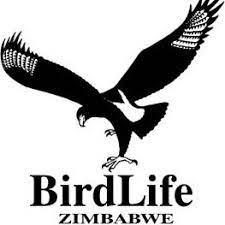BIRDING IN ZIMBABWE
Ewanrigg Botanic Garden

Western Violet-backed Sunbird

Red-throated Twinspot

Brown-hooded Kingfisher
Ewanrigg Botanic Garden is run by National Parks and can be accessed from the Harare-Shamva road (S17.67732 E31.32297) or the Harare-Nyamapanda road (S17.72396 E31.33529) northeast of the city. This area has some natural woodland and a small dam but most visitors use the gardens where there are planted as well as indigenous trees and some ponds. The main attraction is the aloe section which attracts Copper, Purple-banded, Miombo Double-collared, Variable, White-bellied, Scarlet-chested, Amethyst and Western Violet-backed Sunbirds, particularly during the flowering season from April to July.
The Violet-backed is especially difficult to find anywhere and this makes Ewanrigg the most reliable birding spot for this elusive bird. They are often found on the large Acrocarpus coffee shade tree near the warden’s house, rather than on the aloes. Bronze, Red-backed Mannikin and Magpie Mannikin are often together near the indigenous bamboo and the latter is also rather elusive and moves around a lot in response to flowering and seeding of the bamboo, which happened in 2011. Black-eared Seedeaters occur sometimes and are best sought for around September when the miombo woodlands are flowering. Miombo specials can be found here and many other woodland birds. Many of the waterbirds on the list come from the dam to the north of the gardens but the level fluctuates and a changeable selection occurs through the year. It is often worth doing a circuit of the hill south of the gardens on the off chance of finding additional woodland birds and always keep an eye out for passing raptors.
Summer naturally brings in many migrants and the Yellow-mantled Widowbirds come into breeding plumage. The gardens and the walk around from the bamboo tothe ponds could reveal the Red-throated Twinspot lurking around thick cover and though Orange-winged Pytilia has been recorded the Broad-tailed Paradise-whydah has yet to be found.
